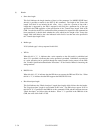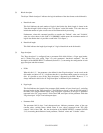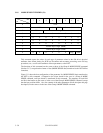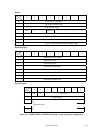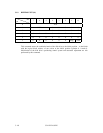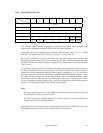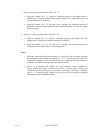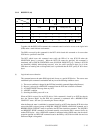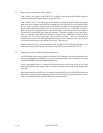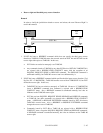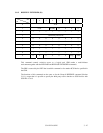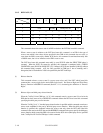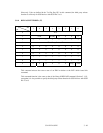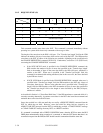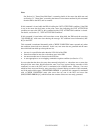C141-E124-01EN3 - 44
(2) Reserve right and third party reserve function
If the "3rd Pty" bit in byte 1 of the CDB is "0," the IDD is reserved by the INIT which issued this
command and that INIT has the Reserve right for the IDD.
If the "3rd Pty" bit is "1," the third party reserve function is specified. An INIT which specifies the
third party reserve function and issues this command can reserve the IDD for use by another SCSI
device. In this case, this command reserves the IDD for the SCSI device (called the third party
device) with the SCSI ID specified in the "3rd Pty Dev ID" field in byte 1 of the CDB. Even if the
IDD is reserved for another SCSI device using the third party reserve function the reserve right for
that ID resides with the INIT that issued this command. Therefore, in order to release that reserve
state, it is necessary for the INIT that issued this command to issue a RELEASE command (shown
in Section 3.1.13) with the third party release function specified. Also, the conditions for
maintaining the reserve state established by the third party reserve function are the same as in the
case where the third party reserve function is not used. (See item (1).)
Please note that since only 3 bits are defined for the "3rd Pty Dev ID" field, this command is valid
for the third party reserve function with respect to only SCSI devices with SCSI ID 7 to 0.
(3) Changing the reserve conditions (Superseding Reserve)
The INIT which has the reserve right for an IDD (the INIT which has issued this command in the
past and has established the IDD reserve state) can change the IDD's reserve conditions by issuing
a another RESERVE command (Superseding Reserve).
When a superseding reserve is executed, the IDD releases the reserve state it was in up to that
point and establishes a new reserve state in accordance with the specifications in this newly issued
command.
By using this function, the INIT can, for example, change the SCSI device (SCSI ID) for which the
logical unit is reserved while continuing the reserve state of the logical unit with which the reserve
state was established using the previous third party reserve function.



